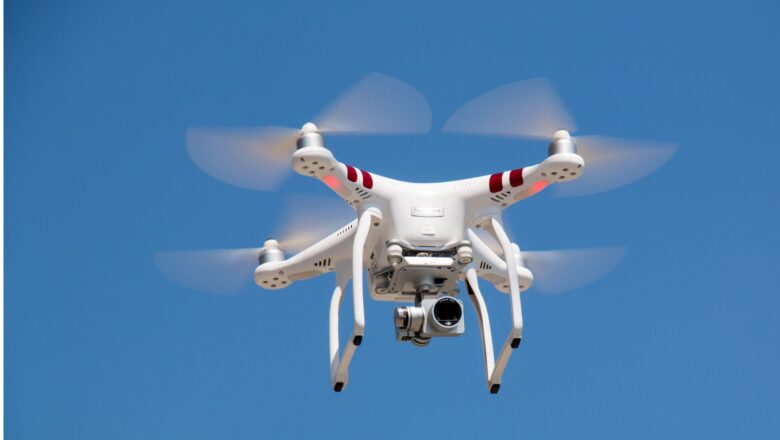
Tanzania Launches Landmark Early Warning System to Tackle Climate Threats
Tanzania has taken a major step in disaster preparedness by launching the Early Warnings for All (EW4All) Initiative, aiming to safeguard lives from worsening climate hazards like floods, droughts, and extreme storms.
Strengthening Climate Resilience
The initiative aligns Tanzania with East African nations such as Burundi, Rwanda, South Sudan, and Uganda, pushing for universal early warning coverage by 2027, in line with a UN call to action.
A high-level consultative workshop held in Dodoma from March 19–20, 2025, brought together government officials, international agencies, scientists, and community leaders. Organized by the Tanzania Meteorological Authority (TMA) with support from Denmark, the event focused on integrating global best practices into national strategies.
Urgen...








